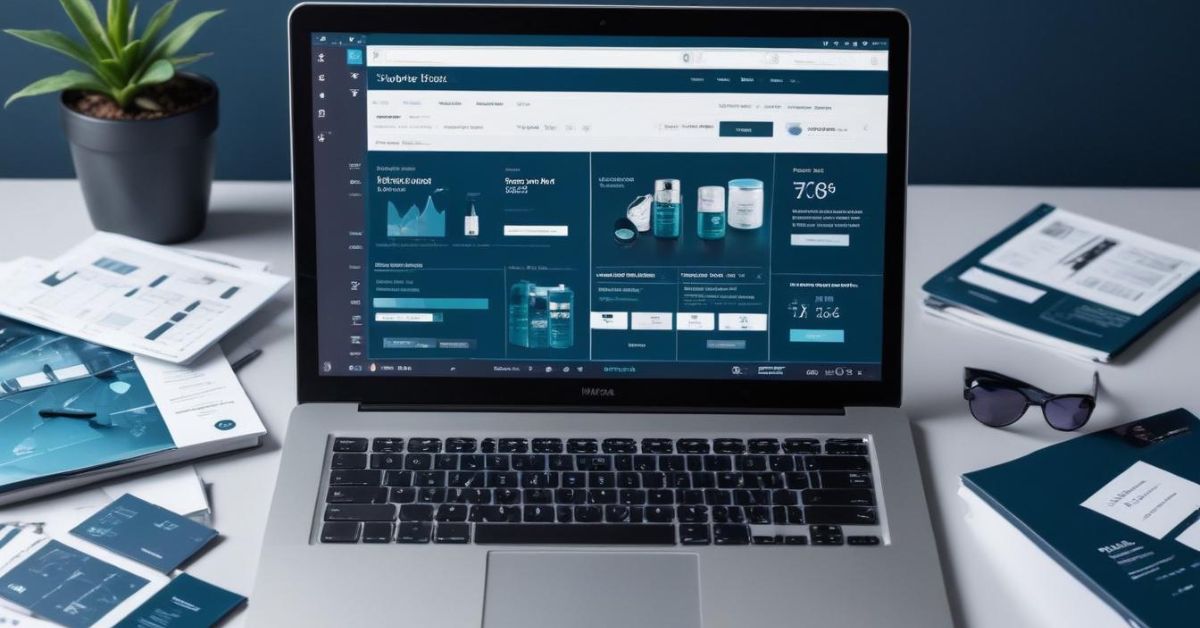The Luxury Stock Watch: Decoding DiptyqueR...
In the exclusive world of luxury beauty, every detail m...

The beauty industry is changing fast. Products go viral overnight. Trends shift in weeks, not years. To stay ahead, brands need real-time data.
But pulling data from one website isn’t enough anymore.
That’s where multisite scraping comes in.
It’s a smarter, faster way to collect data from multiple websites at once. And it’s changing how beauty startups, marketers, and data teams build useful datasets.
Let’s break it down.
Multisite scraping means extracting data from multiple websites in a single pipeline.
Instead of scraping Nykaa today, Amazon tomorrow, and Flipkart next week, you scrape them all together — on a schedule.
You get:
For example, if you’re tracking serum prices across 10 e-commerce sites, multisite scraping helps you do that daily, without manual effort.
In beauty, product listings change fast.
Scraping one site gives you a small slice of the picture.
But customers shop across platforms — Nykaa, Amazon, Purplle, Myntra, and even D2C brand sites like Mamaearth or Plum.
To understand demand and trends, you need to track them all.
Multisite scraping helps beauty startups:
This helps you make smarter decisions — from what to stock to how to price it.
Let’s say you want to compare the price of “Vitamin C serum” across Indian platforms.
Here’s how multisite scraping helps:
Now, in one dashboard, you can:
All without switching tabs.
Here’s a quick breakdown for non-devs and junior developers:
Tools like Python, Scrapy, Playwright, and BeautifulSoup are popular. For larger-scale jobs, you might use proxy rotation, headless browsers, or scraping APIs.
No-code platforms like Octoparse and Bright Data also support multisite setups.
You might ask: why not just use APIs?
Good question.
Pros of APIs:
Cons:
Multisite scraping fills the gaps where APIs fall short. You can extract what you see on the screen — even if the platform doesn’t offer an API.
Beauty startups in India can gain an edge using multisite scraping.
Here’s how:
Whether you’re a solo founder or a 10-member team, this gives you the insights that used to take months — now in days.
Before scraping, check:
Always avoid scraping personal data like email IDs or phone numbers.
Use scraping ethically — to analyze public data, not invade privacy.
Multisite scraping is no longer just for big tech companies. It’s now accessible to startups, junior devs, and data teams with the right tools.
For the beauty industry, it’s a goldmine — helping you stay ahead of trends, price smartly, and build your own datasets.
If you’re still tracking competitors manually, now’s the time to switch.
Smart scraping = smarter growth.
If you’re in the beauty space and want clean, ready-to-use data without writing a single line of code, Beauty Feeds can help. We scrape product data from top beauty platforms like Nykaa, Amazon, Purplle, Flipkart, and D2C websites.
You get:
Whether you’re a marketer looking to improve ad performance or a founder planning your next launch, Beauty Feeds gives you the data edge.
Want a free sample dataset or custom scraper?
Reach out at hello@beautyfeeds.io or visit beautyfeeds.io
Let data drive your beauty business.